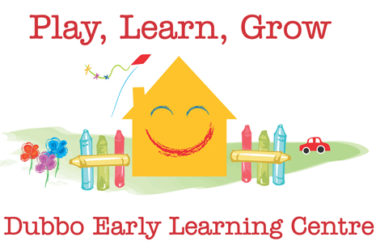Agency is being able to make choices and decisions that influence outcomes. Children have agency when:
- they make choices and decisions that affect them
- take the lead in their learning and make choices about the design and outcome of the experience or activity
Children have a sense of agency when they imitate an action they have seen and discover that they can successfully repeat the action.
For example, educators at one service set up an art activity where children were invited to look at a bowl of fruit and create a painting in any format they wished. To help each child make their own decisions about the way they would paint their picture, the activity was set up so that one child at a time completed the painting. Each child individually decided how to approach the painting, where to start, which perspective to use, what textures and colours to use and how to compose the painting. They each painted what they each saw, understanding that no one else was there to tell them what to see or how to do it.
“Literacy is the capacity, confidence and disposition to use language in all its forms.” EYLF 2009
Here’s what Educator Penny said:
“Over the past weeks we have been exploring different forms of art and the process of art making and the meaning art can give. We have been looking at book illustrations and how they give meaning to the words of books.
To extend the concept of looking and creating artistic communication I intentionally added the process of ‘still life’. I combined “Biggest Morning Tea” and decided to incorporate a tea setting for the ‘still life’.
One concern of mine has been trying to eliminate the ‘same sameness’ when it comes to children participating in a similar artist or craft event. I was trying to think of ways to allow the children to see the same objects but create their own meaning.

I decided to set the still life up as a single child process which I thought would remove the group creating the same output.
Each child sat and didn’t understand it was a painting exercise. When I asked them to look at the still life they looked through the objects and to the wall at a picture. I ensured no one else was there to tell them what see or how to do it.
I needed to say “what can you see?”
Once they identified what they saw I asked “can you paint what you see?” They were hesitant to start painting.
I changed the question to “Can you paint one thing at a time”?
What interested me was the children had such a clear idea and as soon as they said it they could see.
When I broke it down they were able to process the parts of the ‘still life’ and start painting. One child painted from an above.

Another painted the middle object first, then the side objects. For me this showed a great awareness of composition.
What do you see first – “red flowers” – so they painted from the back (red flowers) to the front.

One child talked about the different texture, the wooden tray, and the cloth on top and the layers. He painted the representation of layers.

I limited the colours, but now reflecting after the experience this is something I will be investigating more as “there isn’t the right grey” said Dayman, where is the silver?”
“We haven’t got grey” I said. Dayman mixed the white with the black and made his silver. Dayman knew exactly what colours were needed to mix and achieve silver.

Peter painted the stripy artwork. I doubted his ability as he is a toddler. I was just about to brush him away and he did the red stripe last.

I pointed to the colour and he said “it’s the flowers”. As I pointed to another colour he said “blue pots.” The stroke of yellow was for the yellow fabric he said.
It amazed me how some children were accurate in their representation of the image of the pot.
It took me four years to paint like Raphael, but a lifetime to paint like a child. Pablo Picasso
I love how confident they are with their paintings. I was amazed how children can see three ways at once. They could see it from the top, side and front all at once and confidently described and painted it.

The biggest problem is us as I nearly shooed Peter away. I’m embarrassed to say it. I doubted him, but now I like his artwork the best.
I wonder what would happen if the children selected their own objects from home and created their own ‘still life’ painting. Does it need to be a painting? What other wonderful ways and techniques could represent the ‘still life’?”
